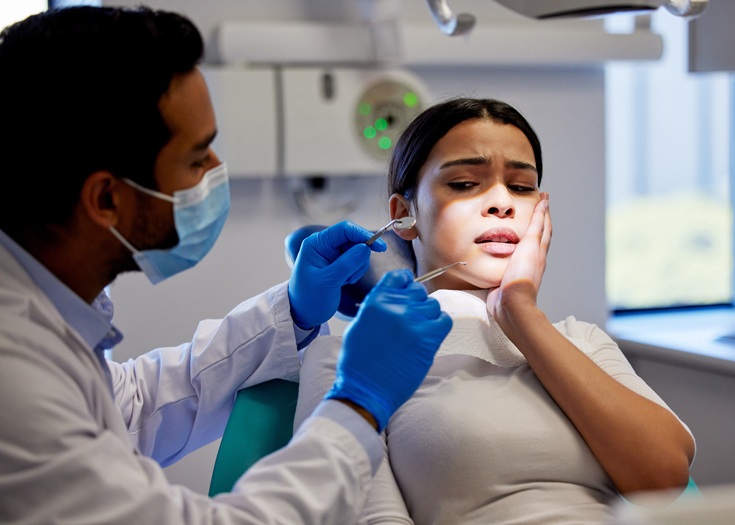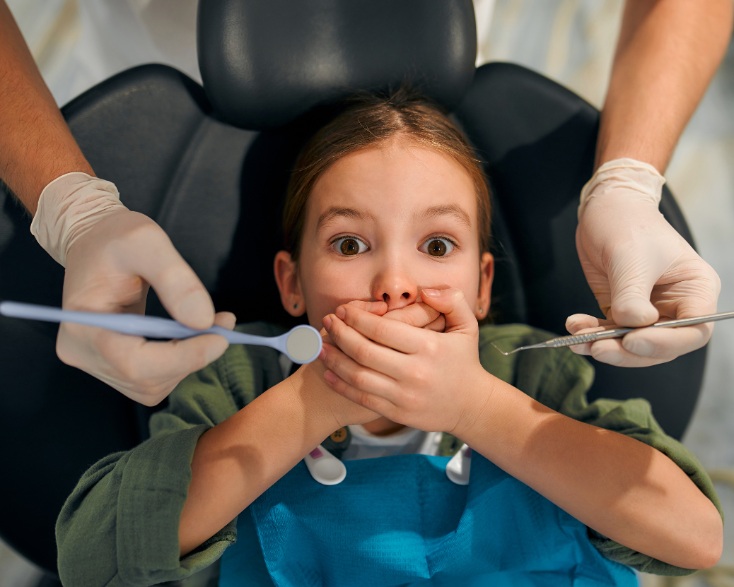Why Emergency Dentists Are a Lifesaver for Tooth Injuries


Tooth trauma may occur without notice, over a weekend basketball game, a rough bite on something hard, or as a result of a fall. When it does, the pain is usually severe, and the injury feels daunting. If it’s a cracked tooth, a knocked-out molar, or swelling that you can’t dismiss, it’s not something to ride out.
This is where emergency dentists come in. They’re not an after-hours option—they’re often the sole means to protect your oral health against long-term problems. Knowing when and why to seek help can be the difference between saving a tooth, alleviating pain, and preventing more expensive treatments in the future.
Let’s dive into how emergency dental treatment is instrumental in addressing wounds that simply can’t wait.
What Constitutes a Dental Emergency?
You don’t have to wonder if it’s serious. If the pain is interfering with your sleep, your ability to eat, or if there’s obvious trauma, it’s an emergency. The following are typical signs you require immediate dental care:
- A tooth has been knocked out or is loose
- Severe, persistent tooth pain
- Bleeding that does not stop
- A chipped or cracked tooth with jagged edges
- Facial swelling, particularly if it’s spreading
- Symptoms of infection, such as a bad taste or pus
The American Dental Association (ADA) states that traumatic dental injuries, like avulsed (knocked-out) teeth, must be treated within 30 minutes for the best chance of saving the tooth.
Why Timing Is So Important in Tooth Injuries
Timing is also crucial with dental trauma.
Knocked-out teeth can occasionally be successfully re-implanted if they’re put back in their socket or stored in milk or saliva and taken to the dentist within an hour. A chipped or cracked tooth might appear insignificant, but it might be exposing the nerve or root to bacteria. That can cause infection or even tooth loss if left unattended.
Emergency dentists are taught to be quick and effective. They reduce inflammation, clean the site, and restore function—usually in one visit.
What Emergency Dentists Do During Their Visit
Emergency dental visits are streamlined, no-nonsense, and quick. The objectives are pain relief, infection prevention, and tooth preservation whenever possible.
Here’s what usually happens during an emergency visit:
- A brief but comprehensive dental examination
- X-rays to find internal damage
- Pain relief for local anesthesia if necessary
- Temporary treatment, such as temporary crowns, dental splints, or fillings
- Antibiotics or drainage if there is an infection
- A long-term plan for follow-up or permanent restoration
If a tooth cannot be repaired, your dentist might recommend a replacement such as a dental implant to restore the shape of your bite.
Benefits of Emergency Dental Care
Emergency tooth injury dentists aren’t only concerned with repairing what’s damaged. Their work benefits your entire oral system.
Here’s why they play such a vital role:
- Pain relief: Treatment right away prevents unnecessary pain.
- Tooth preservation: Early treatment saves the natural tooth most often.
- Lower infection risk: Timely care prevents bacteria from spreading.
- Fewer complications: Treating trauma early decreases the likelihood of root canals and extractions.
- Preserves long-term health: Dental infections can affect your overall well-being, including heart and immune function.
Find Emergency Dentists When You Need Them Most
You shouldn’t have to search for help when you’re in pain. That’s why it helps to know local options before an emergency strikes. In places like Phoenix, dental clinics like ours offer same-day emergency appointments, weekend hours, or 24/7 hotlines.
Keep our dentist’s emergency contact saved and don’t hesitate to call if you’re dealing with intense pain. It’s always better to check than to wait and risk serious damage.
If you’re dealing with dental injuries in kids, the situation can be scary. But knowing how emergency dentists handle the injury can make all the difference. From knocked-out teeth to chipped enamel and gum injuries, quick action and the right treatment can protect your child’s smile for years to come. Check out this blog on How Emergency Dentists Treat Dental Trauma in Children? And you’ll find actionable tips. You can also explore the steps dentists take during emergencies, what parents should do before reaching the clinic, and how long-term dental health is preserved after trauma.
How to Deal with a Tooth Injury Before You See the Dentist
Having an idea of what to do at the time can preserve your tooth.
- If a tooth is knocked out: Grasp it by the crown, not the root. Gently rinse and put it in milk. Visit the dentist within one hour.
- If a tooth is cracked: Rinse mouth with warm water. Do not chew on that side.
- If there is bleeding: Press with gauze. If bleeding doesn’t subside in 15 minutes, go for care.
- If there is swelling: Apply an ice pack to your cheek and not hot beverages.
Tooth injuries can’t wait. Whether it’s from trauma, a cracked crown, or unexpected swelling, emergency dentists for tooth injuries prevent more significant dental issues. Timely treatment means less pain, fewer complications, and a greater chance of saving your natural smile.





